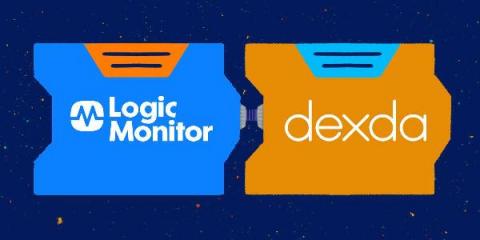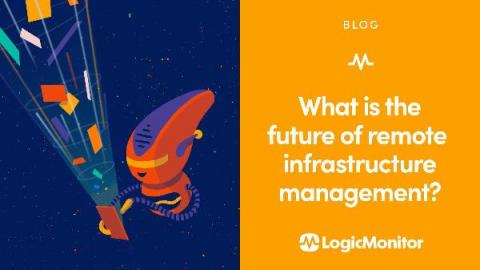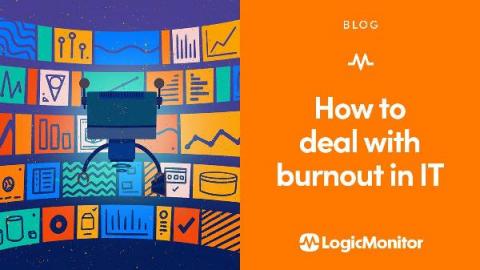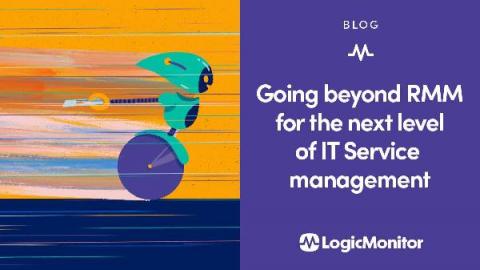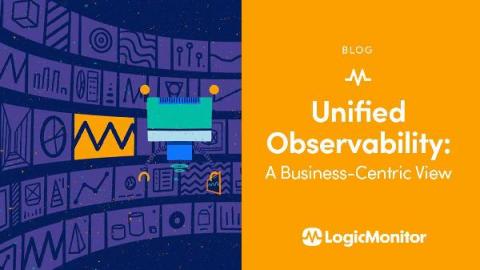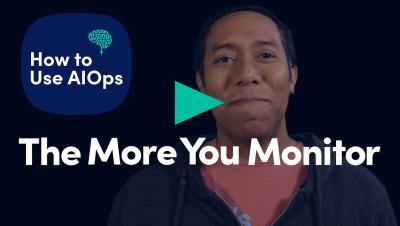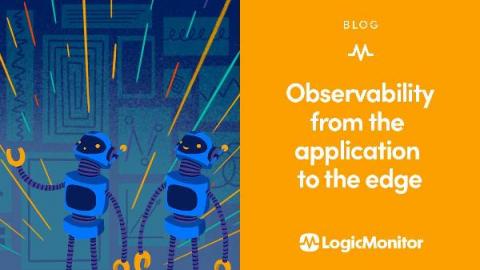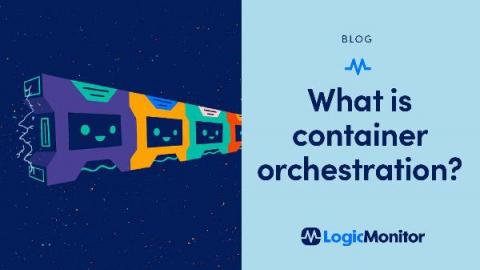LogicMonitor Expands AIOps Investments with Acquisition of Dexda
SANTA BARBARA, Calif., June 30, 2021 – LogicMonitor, the leading cloud-based infrastructure monitoring and observability platform for enterprises and managed service providers, today announced it has acquired Dexda, a big data and machine learning predictive fault identification company.


